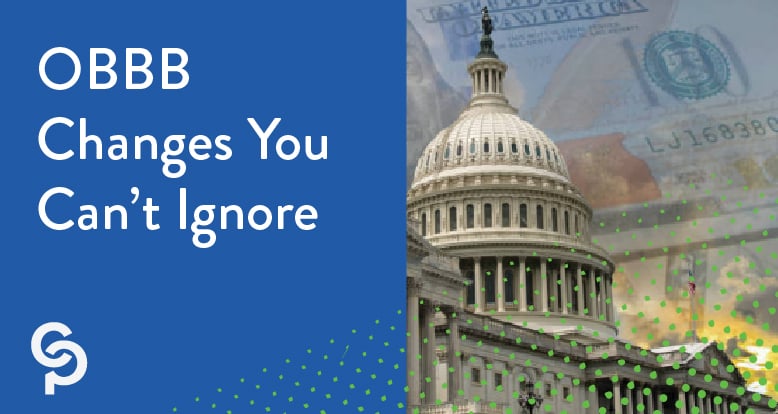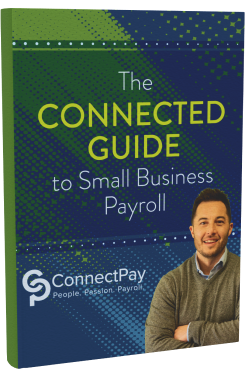How the One Big Beautiful Bill Will Affect Employers – Part 2

Here’s Part 2 of how the One Big Beautiful Bill Act of 2025, signed into law by President Trump on July 4, will affect businesses.
Employee Retention Credit (ERC). To combat widespread fraud and abuse tied to the credit, Congress included a provision in the OBBB that blocks refunds for certain ERC claims and extends the statute of limitations for enforcement for these claims. Some of these blocked refunds, however, will come from legitimate claims with no connection to fraud. So stay tuned for more details about this ERC provision as there will likely be litigation.
These changes will create added challenges for businesses and their payroll systems. Companies with pending or planned ERC claims may now face uncertainty, especially if their refunds are delayed or denied despite being legitimate.
Payroll teams will need to reassess recordkeeping practices, ensure all supporting documentation is airtight, and possibly prepare for extended IRS scrutiny due to the longer enforcement window.
The blocked refunds also introduce financial unpredictability for businesses that were counting on those credits, potentially affecting cash flow and budgeting.
Enhancement of Employer-Provided Childcare Credit. The current Employer-Provided Childcare Credit offers businesses a nonrefundable tax credit of up to $150,000 per year, covering 25% of qualified childcare expenses for employees. To claim the full credit, a company must spend at least $600,000 on eligible childcare costs.
The new law permanently expands this credit by increasing the maximum from $150,000 to $500,000 and raising the coverage rate from 25% to 40% of qualified expenses, such as building a childcare facility or training childcare staff. To receive the full $500,000 credit, a business must now spend at least $1.25 million on qualifying childcare services.
Eligible small businesses get an added boost with the maximum credit rising to $600,000 and the credit rate increasing to 50%. To claim the full amount, they must spend at least $1.2 million on qualified childcare expenses.
Paid family and medical leave tax credit. Scheduled to expire at the end of 2025, this credit is now permanent. The credit’s benefits were also expanded.
The objective of this credit was to provide a general business credit equal to a defined amount of wages paid to employees on paid family and medical leave. To qualify for the credit, one of the original requirements was that employees must have been employed for at least one year. The OBBB lowered this tenure requirement to six months.
The bill also broadens the program by allowing employers to claim the credit for premiums paid toward qualifying paid leave insurance policies.






